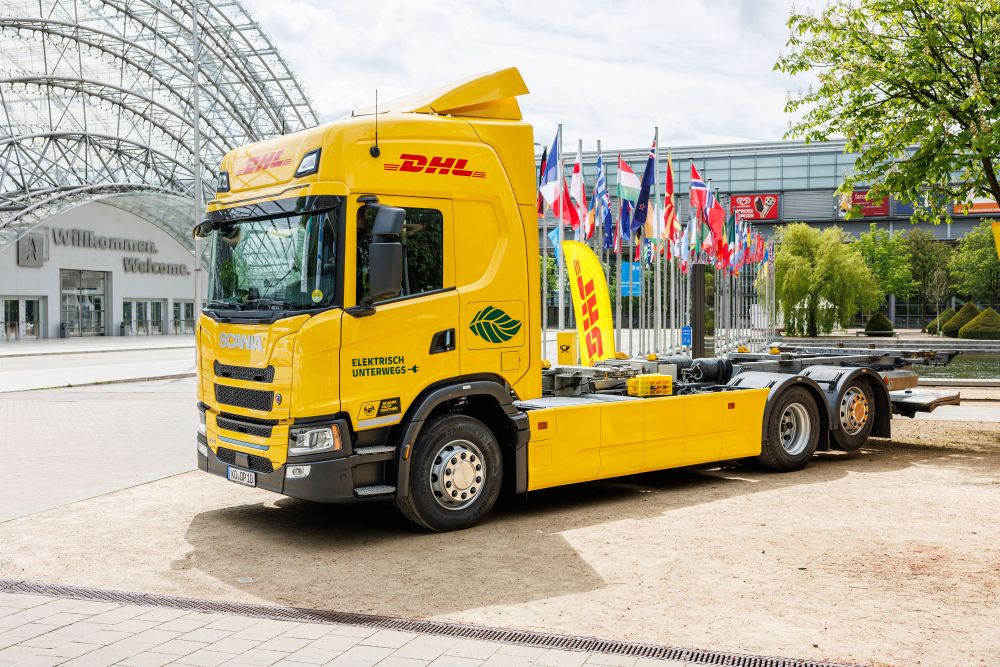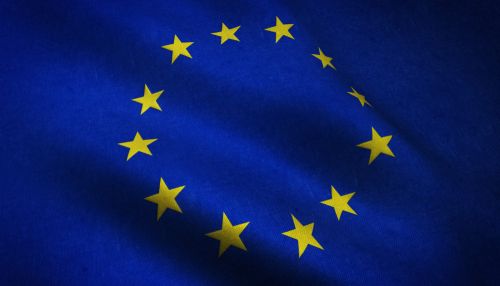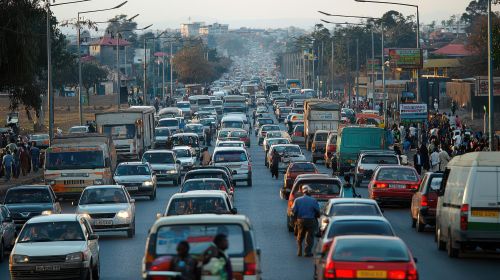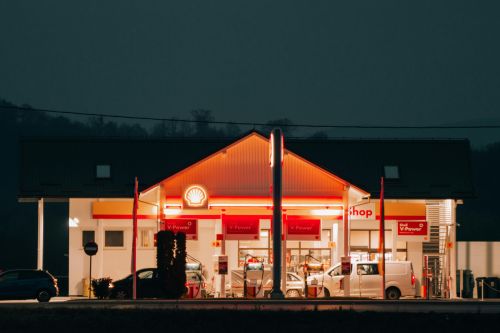DHL-Scania Hybrid Truck Cuts 90% of Emissions in Landmark Test


Cut through the green tape
We don't push agendas. At Net Zero Compare, we cut through the hype and fear to deliver the straightforward facts you need for making informed decisions on green products and services. Whether motivated by compliance, customer demands, or a real passion for the environment, you’re welcome here. We provide reliable information—why you seek it is not our concern.
DHL Group and Scania have successfully tested an innovative Extended Range Electric Vehicle (EREV) that reduced CO₂ emissions by 90% during a 100-day pilot on the Berlin-Hamburg route. The hybrid truck combines electric propulsion with a fuel-powered generator that only recharges batteries, operating in electric mode for 91.9% of its 22,000 km journey while saving 16 metric tons of CO₂e compared to diesel trucks.
The EREV's unique design addresses key challenges in freight electrification, providing backup power where charging infrastructure is unreliable without compromising emissions performance. DHL CEO Tobias Meyer emphasized the need for supportive policies: "This technology delivers real emissions cuts today, but we need regulations that recognize its actual performance rather than theoretical classifications."
Test data shows the generator was used for just 8.1% of the distance traveled, primarily during cold weather or charging station issues. Future improvements include upgrading the battery capacity from 416 kWh to 520 kWh and implementing software to further limit generator use. The system could achieve even greater emissions reductions by switching to renewable fuels.
DHL is pushing for regulatory changes to accelerate adoption, particularly in how road tolls account for partially electrified vehicles. While welcoming political support in Germany's coalition agreement, the company stresses the urgency of implementing practical policies that enable transitional technologies.
This successful demonstration comes as DHL works toward its 2050 net-zero emissions goal, proving that significant decarbonization is possible today without compromising operational reliability in logistics. The EREV model offers a practical solution for freight companies navigating the transition to full electrification.
Source: dhl.com

More related content

EU Awards €2.8 Billion for Transport Upgrades to Boost Connectivity...

Kampala’s Vehicles Emit Alarming Pollution Levels, New Study Finds

New €87 Million Scheme Backs Green Hydrogen Projects in Former Germ...
